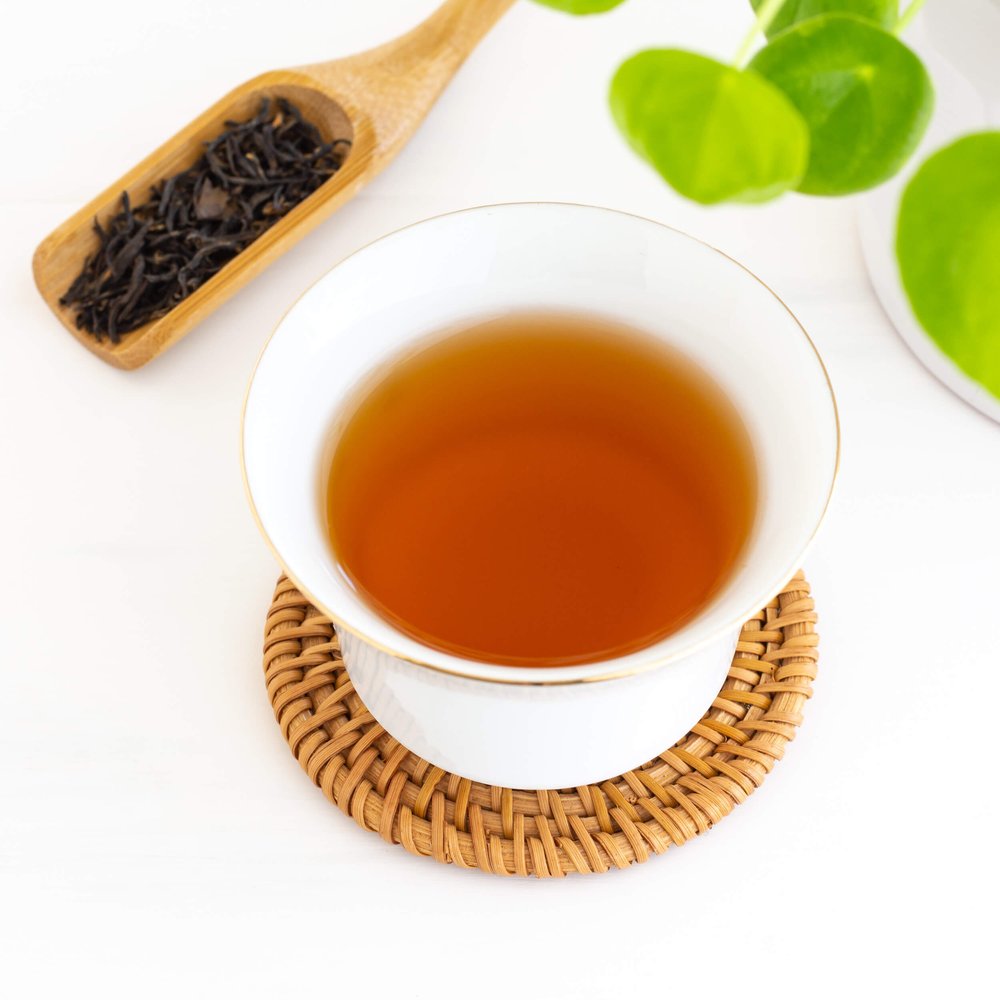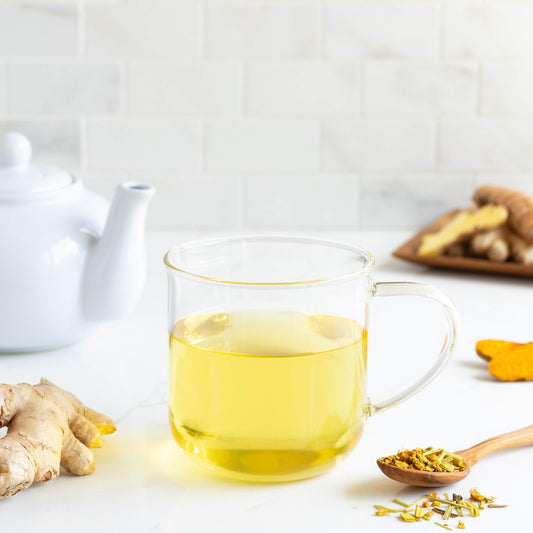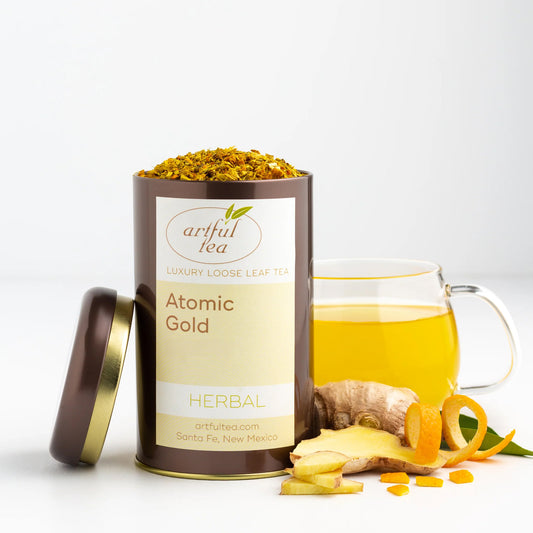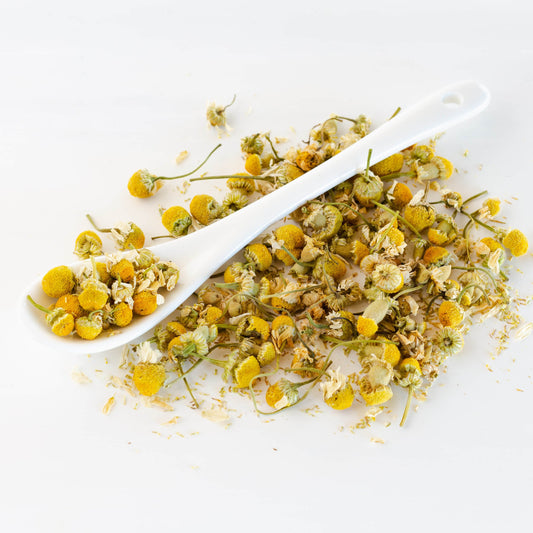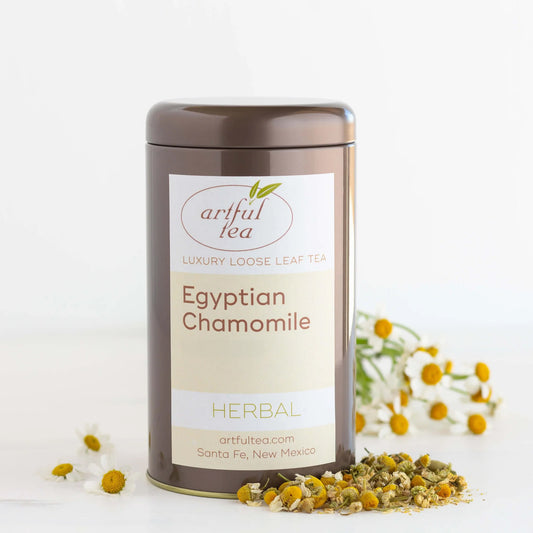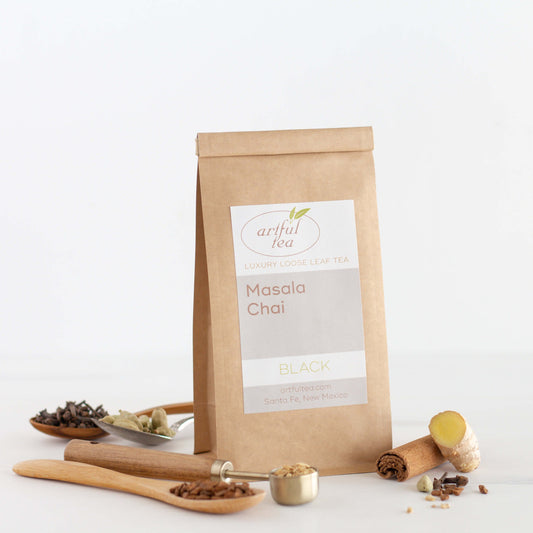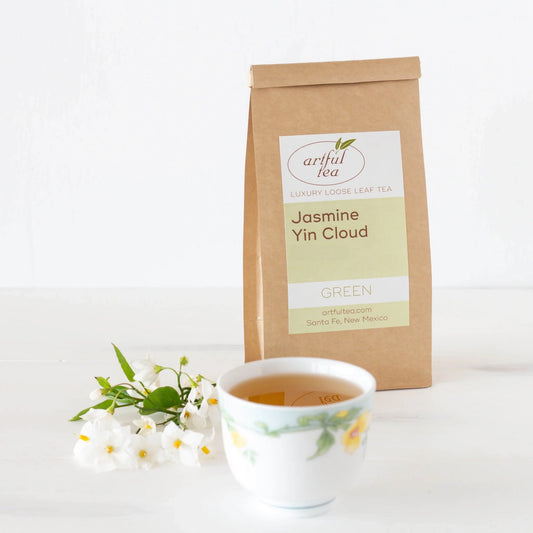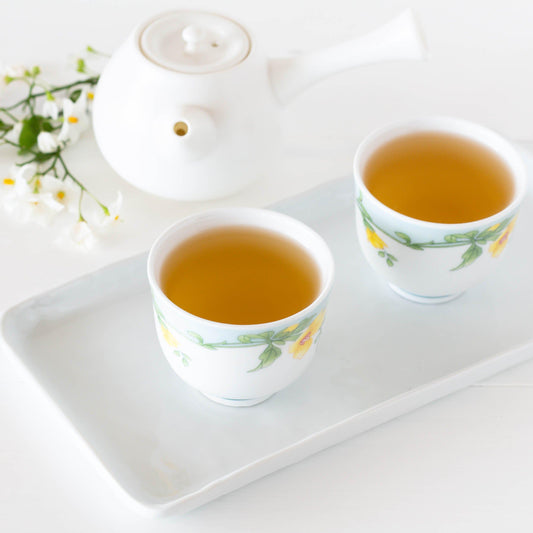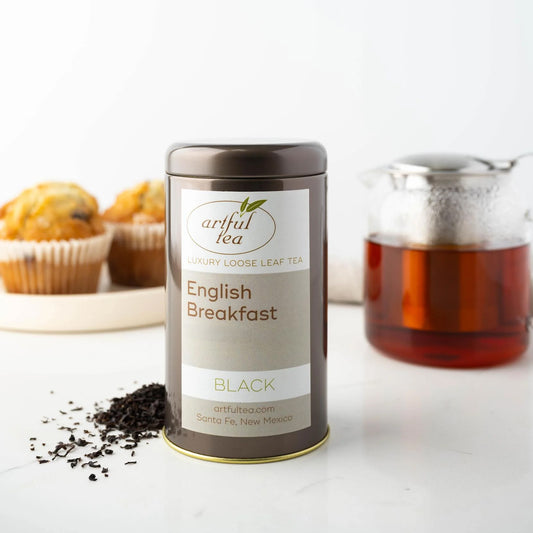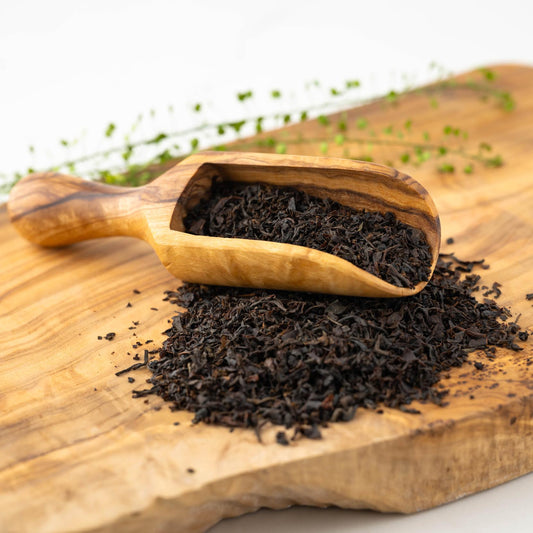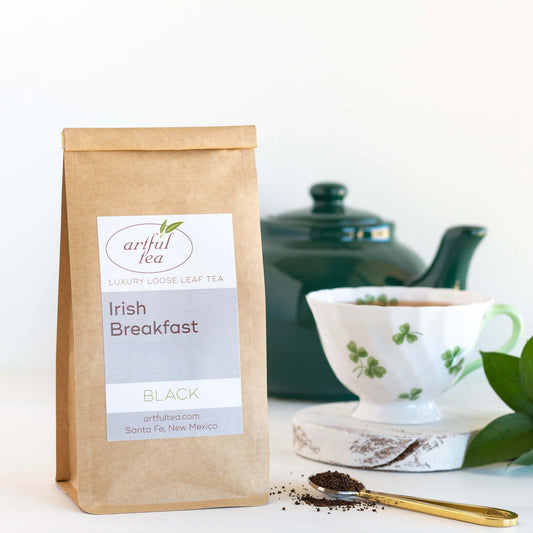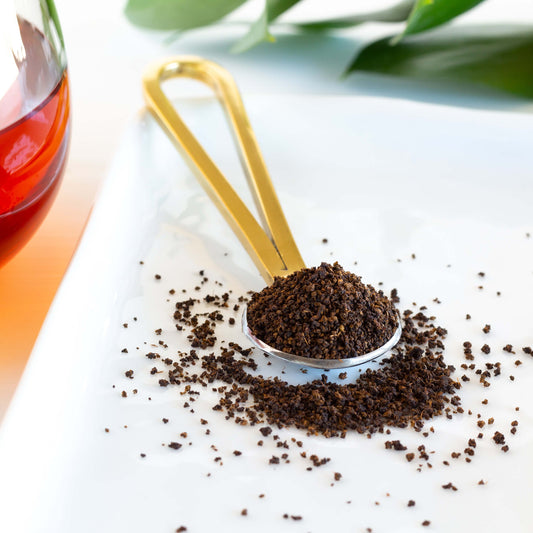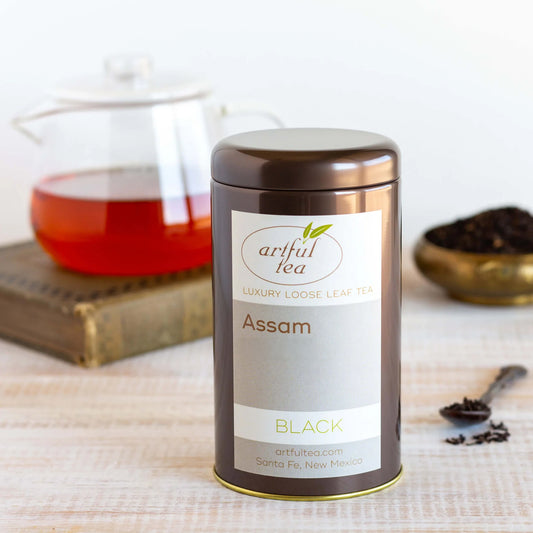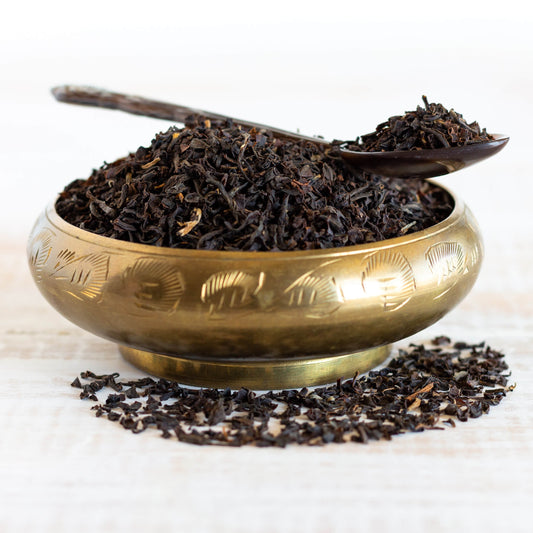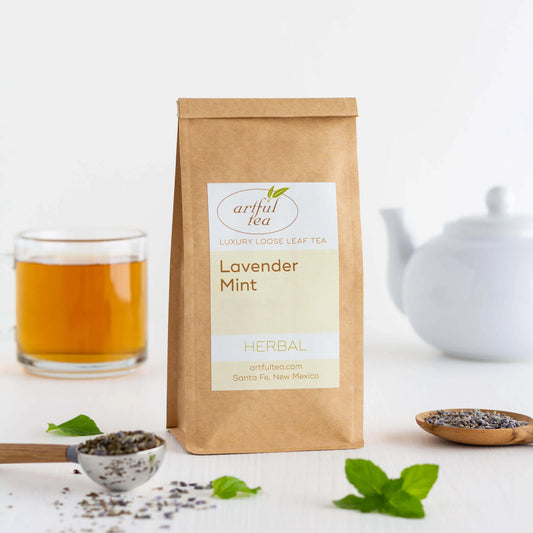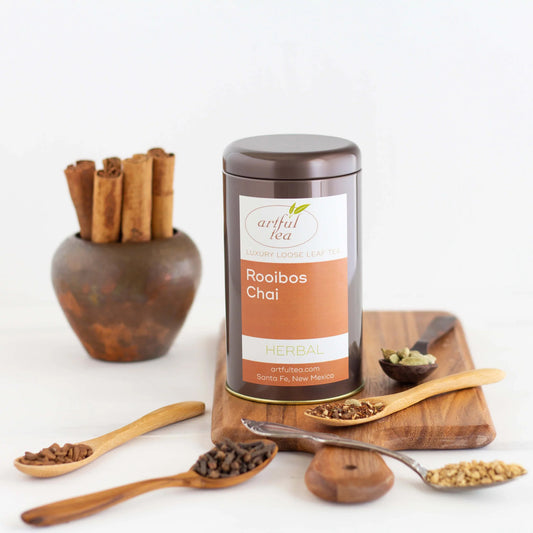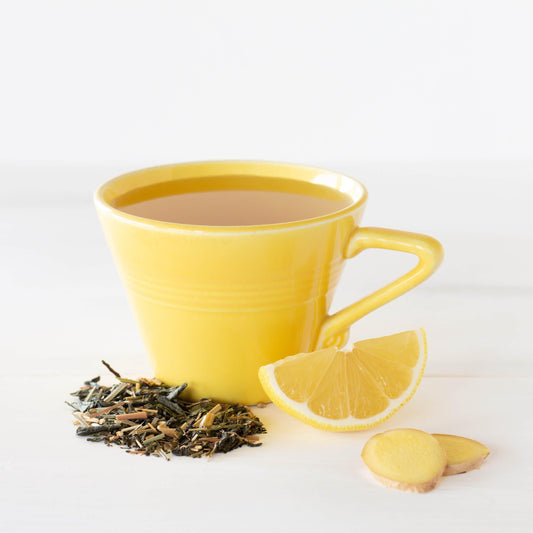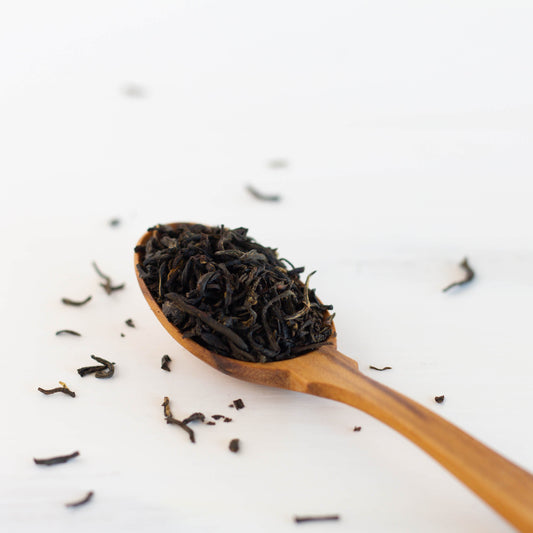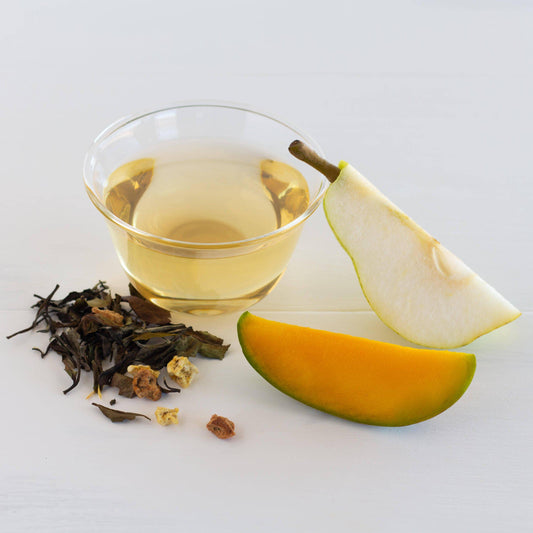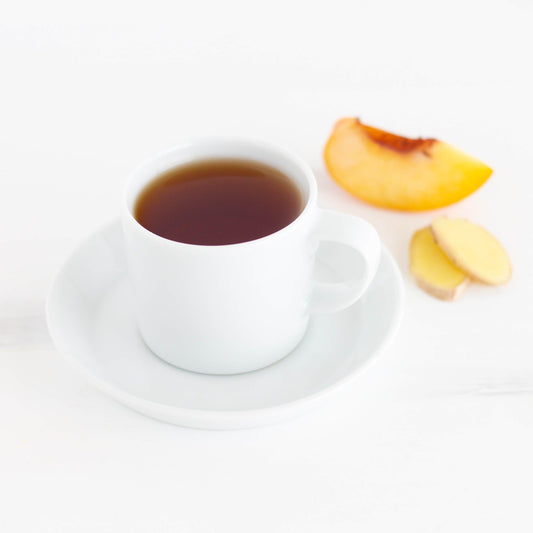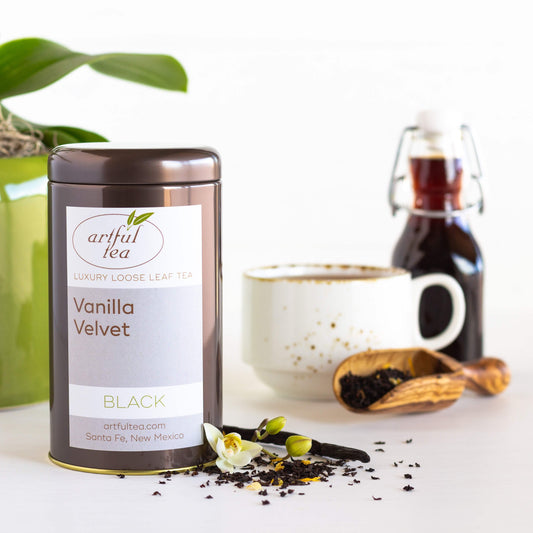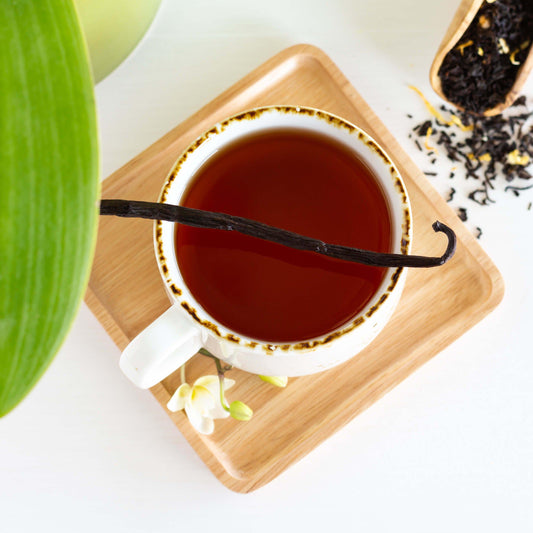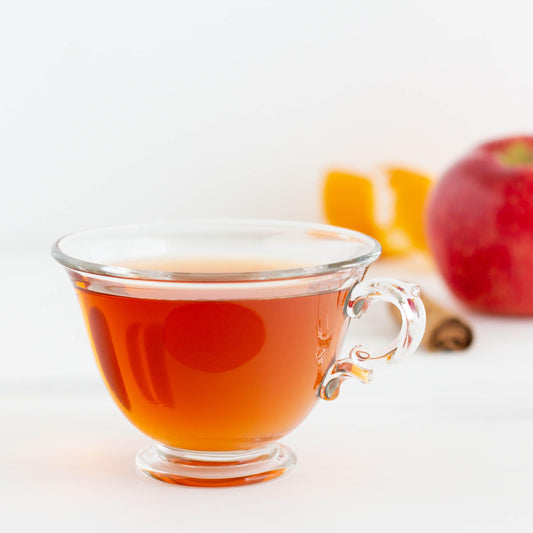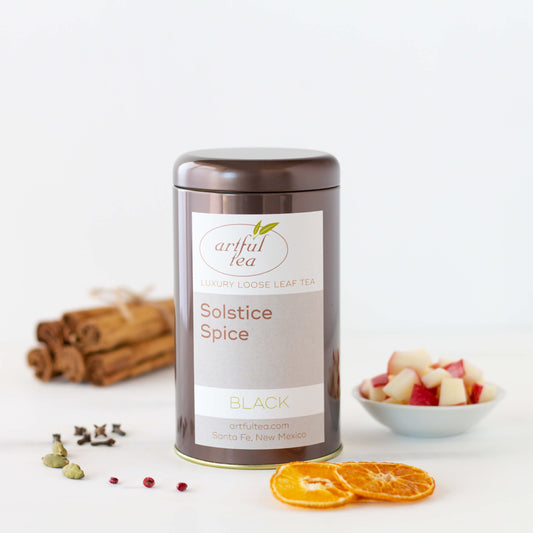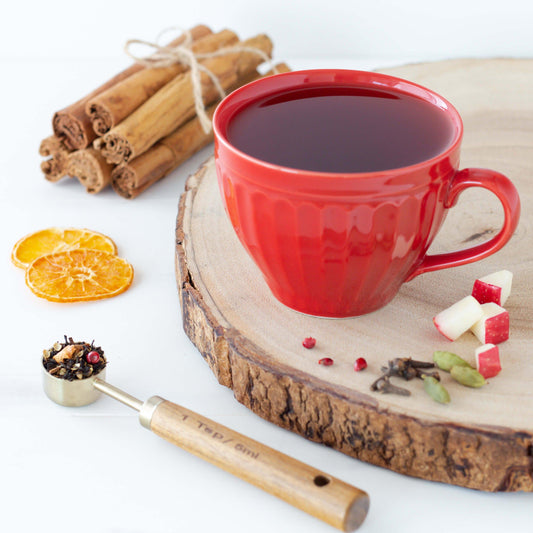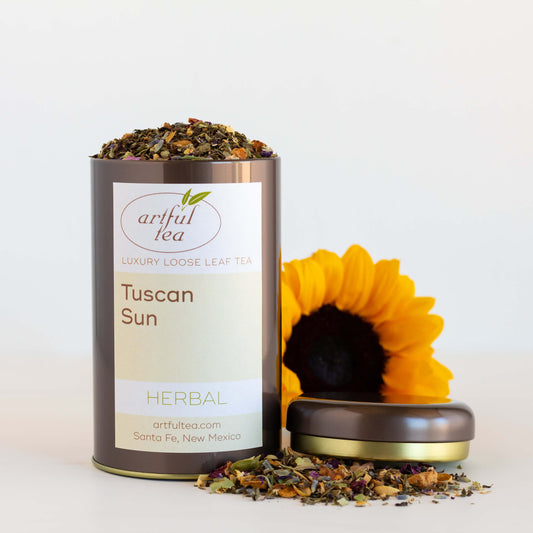Tea Oxidation
Oxidation is one of the key factors that determine what a particular tea looks and tastes like. While all true teas are made from the same plant, how much oxidation they undergo determines how dark they are. For example, green teas undergo very minimal oxidation, while black teas are fully oxidized. This article will cover what oxidation is, why it happens, and how it affects different types of tea.

What is oxidation?
Oxidation is a process through which tea leaves are exposed to the air in order to dry and darken, contributing to the flavor, aroma, and strength of different teas. Just as other fruits and plants, like apples or avocados, brown when exposed to oxygen, tea leaves go through a similar process after they are harvested.
As tea leaves are oxidized, they undergo unique changes that influence their chemical composition. This is a key step in processing tea, with different levels of oxidation results in different varieties, including black, green, white, and oolong. Tea leaves which are fully oxidized will turn brown and black, while tea leaves that are not oxidized at all will remain green. Tea leaves that are partially oxidized, like the leaves of white and oolong teas, can vary in color from green to grey to black depending on their level of oxidation, along with other characteristics of the leaves such as size and harvest date.
Oxidation vs. fermentation
While it’s common for people to use the terms oxidation and fermentation interchangeably, they’re actually different processes. Fermentation involves microbial activity, during which tea leaves begin to break down and decompose. Aged teas like pu-erh are an example of fermented tea. Other fermented foods and drinks include beer, yogurt, and kombucha.
Oxidation, meanwhile, refers to the process of exposing tea leaves to oxygen in order to dry and darken them. Many types of tea undergo some form of oxidation, most notably black and oolong teas. Tea makers often use precise methods to start and stop the oxidation process, in order to finely control the level of oxidation present in each individual tea.
Oxidation and tea
Different kinds of tea have different levels of oxidation, resulting in a wide variety of appearances and flavor profiles. Tea leaves begin to oxidize as soon as they are plucked, and the level of oxidation is a key factor in tea processing that results in different categories of tea.
Oxidation begins when the tea leaves are harvested, and continues when the leaves are crushed, rolled, or tumbled, putting pressure on the tea leaves and allowing greater exposure to air on all parts of the tea leaf. Once the tea is oxidized to the appropriate level, the leaves are then “fixed” by exposing them to heat. This stops the oxidation process and prevents the tea from darkening further. Tea leaves can be pan-fired, steamed, baked, or sun dried in order to provide the requisite heat necessary to halt oxidation.
While all teas are made from the same plant, camellia sinensis, oxidation is largely responsible for the differences between different types of tea. In general, the longer tea leaves are allowed to oxidize, the darker and stronger the tea made from those leaves will be. Along with varietal, harvest date, and leaf size, oxidation is one of the primary factors that goes into determining different types of tea.
Black tea oxidation
Black teas are fully oxidized, resulting in a dark, rich cup of tea that is high in caffeine. Black teas are often macerated during the oxidation process, allowing all parts of the tea leaves to be exposed to air and fully darken. Black teas are high in tannins, and brew up a reddish amber color. These teas are typically grown in countries such as India and China, but are popular all over the world. Because of their full oxidation and hearty, robust body, black teas often pair well with milk and sugar. Common types of black tea include unflavored teas such as English Breakfast and Assam, and flavored black teas such as Early Grey and Masala Chai.
Oolong tea oxidation
Oolong teas are partially oxidized, and their oxidation level can vary widely between that of black and green teas. Lighter oolongs more similar to green teas and darker oolongs more similar to black teas are both common. Oolong teas can also have a wide variety of different flavor characteristics depending on their level of oxidation. Many oolongs are processed into a distinctive shape in which whole tea leaves are tightly rolled into small balls which gradually unfurl as the leaves are steeped. Because of this particular shape, many oolong teas can be infused multiple times, offering subtle differences of flavor with each successive infusion.
Green tea oxidation
Green teas are largely unoxidized, and undergo a heating process sometimes known as “killing the green,” soon after harvesting in order to halt oxidation, resulting in a lighter, more mellow cup of tea. Green tea leaves are typically bright green, reflecting the original color of tea leaves after harvest. Chinese green teas are typically pan-fired in order to halt oxidation, while Japanese teas are typically steamed.
White tea oxidation
White teas, because of their minimal processing, undergo a small amount of oxidization as they dry. White teas are often composed of the finest downy buds and tips of the tea plant, which makes them particularly prized. Although white teas do not undergo the international oxidation processes of black or oolong teas, they do oxidize slightly as they are exposed to air during the drying process. These teas have a delicate floral character, and are usually low in caffeine.
Purple tea oxidation
Purple tea refers to a specific varietal of the tea plant, one whose leaves are purple instead of green. Many purple teas are processed in a way similar to oolong tea, resulting in a partially oxidized tea with a light, floral flavor that brews up a beautiful reddish-purple. Purple teas are very high in beneficial compounds found in purple and blue foods known as anthocyanins, which help to promote cellular health and protect the body against disease.
Pu-erh tea oxidation
Unlike other teas made from the camellia sinensis plant, pu-erh teas are unique in that they are fermented and aged. While oxidation refers to the exposure of teas to air, fermentation refers to an aging process where tea leaves are broken down by microbial activity. Pu-erh teas may be aged anywhere from a few months to several years, and develop a distinctive rich, earthy taste through this process.
